Sure, here are some key points about Israel’s irrigation methods that can be summarized in a table:
| Aspect | Key Points |
|---|---|
| Technologies | Drip irrigation, micro-irrigation, sprinkler irrigation, center pivot irrigation, subsurface irrigation, and other advanced technologies |
| Benefits | Increased crop yields, water conservation, improved soil quality, sustainable agriculture, and global impact |
| Challenges | Cost, technical expertise, soil salinization, energy use, and limited applicability |
| Impacts | Improved food security, increased agricultural productivity, reduced water usage, and environmental sustainability |
| Global outreach | Exported technologies to many countries around the world, established partnerships, and sharing knowledge and technology |
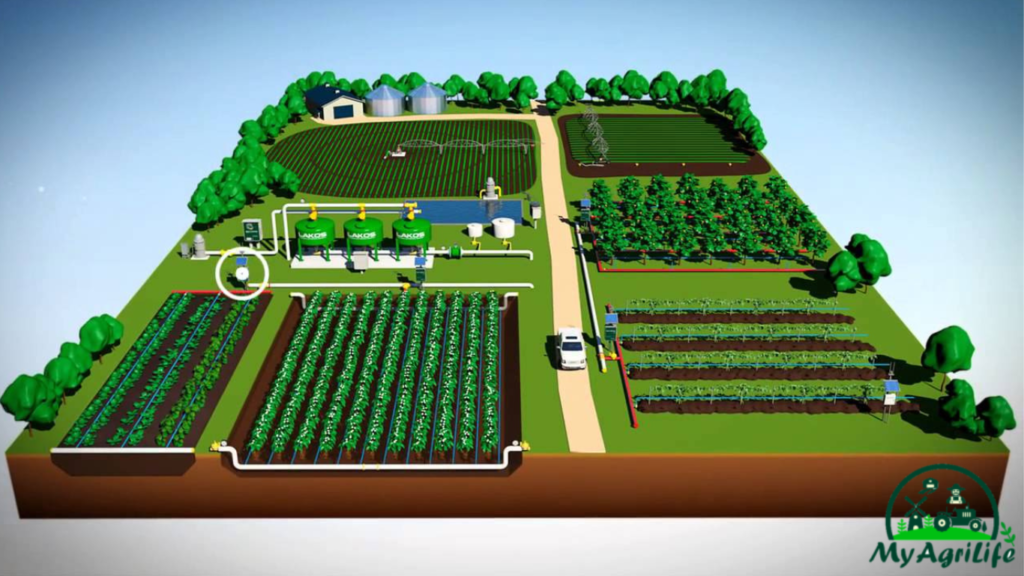
Overall, Israel’s irrigation methods have helped to revolutionize the way we think about agriculture and resource management, and their continued development and refinement will be critical for addressing the challenges of the 21st century.
Israel irrigation methods
Israel is a world leader in agricultural irrigation technologies and has developed several innovative irrigation methods over the years. Some of the irrigation methods that are commonly used in Israel include:
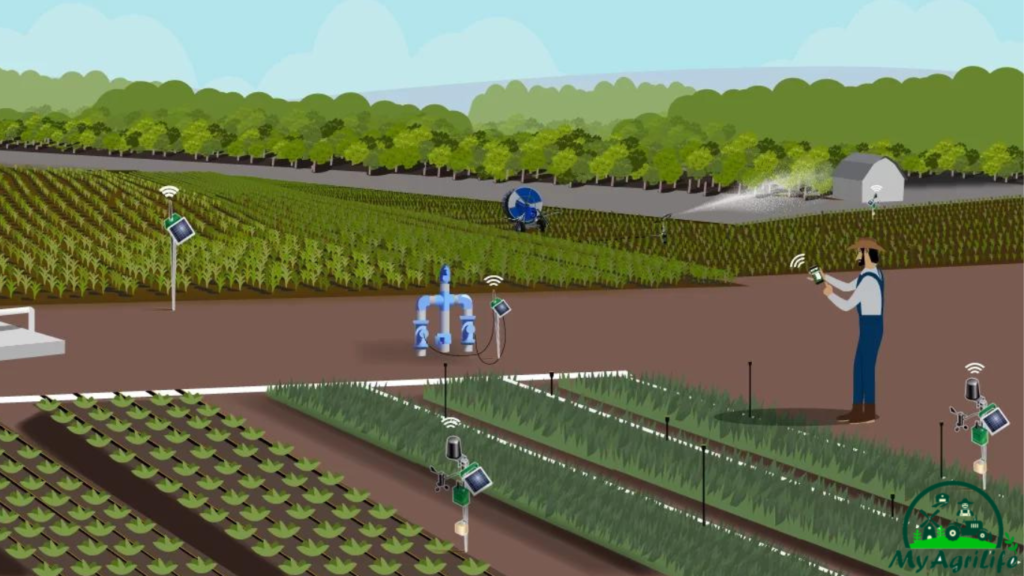
1.Drip Irrigation: Israel is known for developing and popularizing drip irrigation, which is a highly efficient method of irrigation that delivers water directly to the plant’s roots. Drip irrigation is widely used in Israel, particularly in arid and semi-arid regions, and has helped to conserve water and improve crop yields.
2.Micro Irrigation: Micro irrigation is a type of drip irrigation that delivers water using small, low-volume emitters. This method is commonly used in greenhouse and hydroponic systems in Israel.
3.Sprinkler Irrigation: Sprinkler irrigation is another popular method of irrigation in Israel, particularly for crops such as wheat and barley. Overhead sprinklers deliver water to crops in a circular pattern, mimicking natural rainfall.
4.Center Pivot Irrigation: Center pivot irrigation is a method of irrigation that involves a large sprinkler system mounted on a central pivot that rotates around a field. This method is often used on large, flat fields in Israel.
5.Subsurface Irrigation: Subsurface irrigation is a method of irrigation that delivers water directly to the plant’s roots through buried tubes. This method is more efficient than flood and sprinkler irrigation and reduces water loss due to evaporation. Subsurface irrigation is commonly used for crops such as vegetables in Israel.
Overall, Israel’s innovative irrigation methods have helped to improve the efficiency and sustainability of agricultural irrigation, particularly in regions with limited water resources. These methods have enabled farmers in Israel and around the world to increase crop yields while conserving water and reducing environmental impact.
1.Drip Irrigation
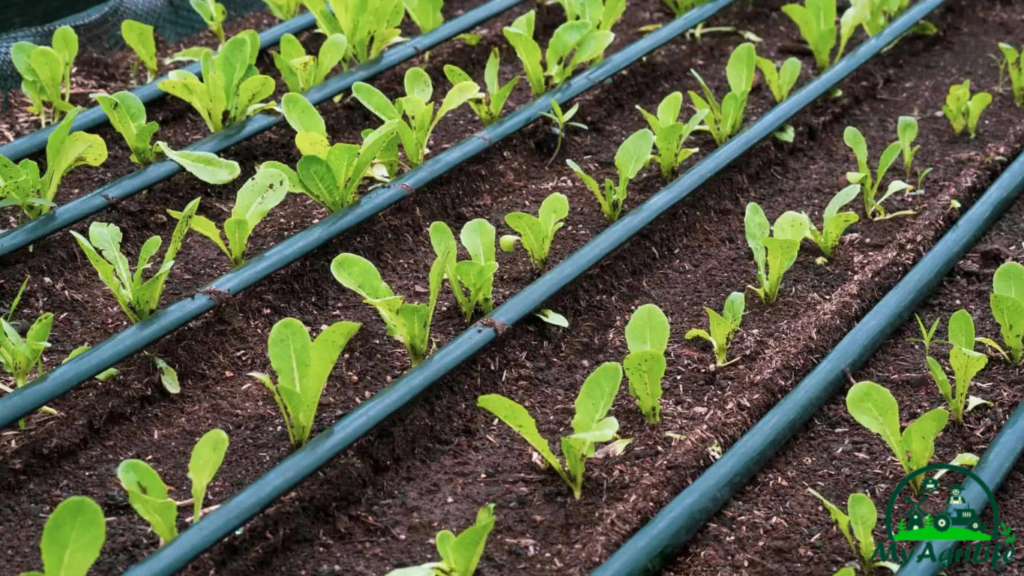
Drip irrigation is a method of irrigation that delivers water directly to the plant’s roots using a network of tubes and emitters. This method of irrigation is highly efficient, delivering water directly where it is needed and reducing water loss due to evaporation and runoff. Drip irrigation is particularly well-suited for crops that have a high water requirement but are sensitive to wet conditions, such as vegetables, fruits, and flowers.
Drip irrigation was pioneered in Israel in the 1960s and has since become a widely used irrigation method around the world. In Israel, drip irrigation has played a critical role in making agriculture possible in arid and semi-arid regions. The use of drip irrigation has enabled farmers to grow crops with significantly less water than traditional irrigation methods, resulting in higher crop yields, improved quality, and reduced water usage.
Drip irrigation systems typically consist of a main water supply line, sub-main lines, and lateral lines with emitters spaced at regular intervals. The emitters can be adjustable or non-adjustable and can deliver water at various rates depending on the crop’s water requirements. Drip irrigation systems can also be customized to include fertigation, which involves the delivery of fertilizers through the irrigation system.
Overall, drip irrigation is a highly efficient and effective method of irrigation that has revolutionized agriculture in arid and semi-arid regions. Its use has helped to conserve water, improve crop yields, and reduce environmental impact, making it an essential component of sustainable agriculture.
2.Micro Irrigation
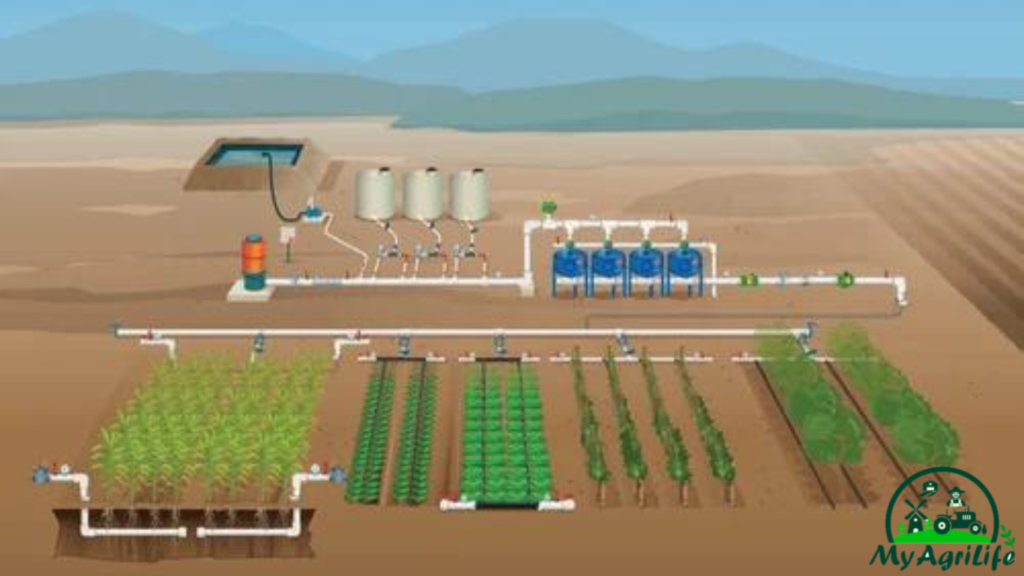
Micro irrigation is a type of irrigation that delivers water directly to the plant’s roots using small, low-volume emitters. This method of irrigation is highly efficient and precise, delivering water where it is needed and reducing water waste due to evaporation and runoff.
Micro irrigation is commonly used in greenhouse and hydroponic systems, where water usage and precision are critical. In Israel, where water resources are limited, micro irrigation has played a critical role in enabling farmers to grow crops with significantly less water than traditional irrigation methods. Micro irrigation has also been used successfully in orchards, vineyards, and other agricultural settings.
Micro irrigation systems typically consist of a main water supply line, sub-main lines, and lateral lines with emitters spaced at regular intervals. The emitters can be adjustable or non-adjustable and can deliver water at various rates depending on the crop’s water requirements. Micro irrigation systems can also be customized to include fertigation, which involves the delivery of fertilizers through the irrigation system.
Overall, micro irrigation is a highly efficient and precise method of irrigation that has revolutionized agriculture in arid and semi-arid regions. Its use has helped to conserve water, improve crop yields, and reduce environmental impact, making it an essential component of sustainable agriculture.
3.Sprinkler Irrigation
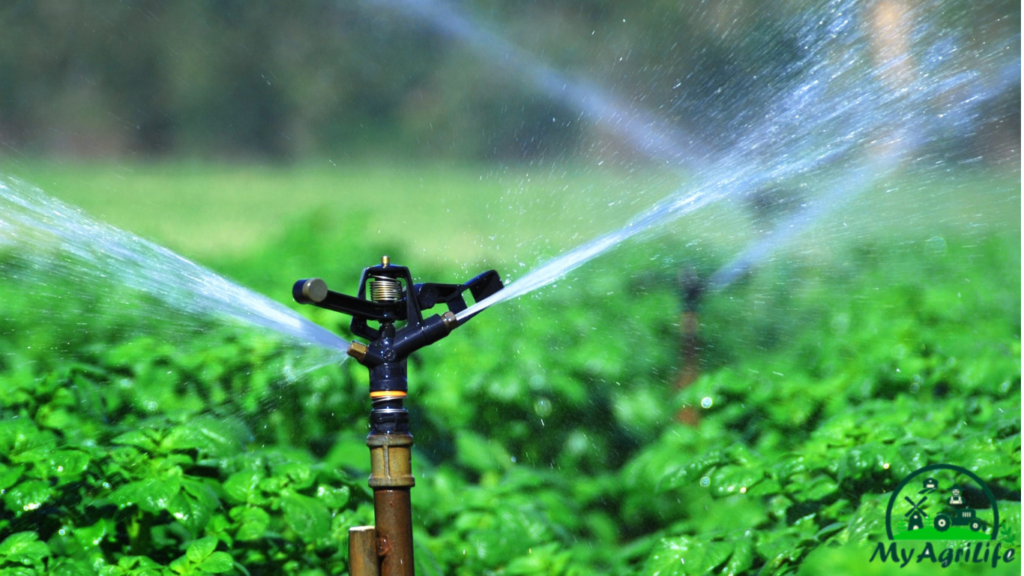
Sprinkler irrigation is a method of irrigation that delivers water to crops through overhead sprinklers that spray water in a circular pattern, mimicking natural rainfall. This method of irrigation is commonly used for crops such as wheat, barley, and corn, as well as for cooling livestock and controlling dust on farms.
Sprinkler irrigation systems typically consist of a main water supply line, sub-main lines, and lateral lines with sprinklers spaced at regular intervals. The sprinklers can be adjustable or non-adjustable and can deliver water at various rates depending on the crop’s water requirements.
Sprinkler irrigation has several advantages over other irrigation methods. It is relatively easy to install, requires less labor than flood irrigation, and can be automated, saving farmers time and money. Sprinkler irrigation can also help to improve crop yields and quality by providing water and nutrients directly to the plants.
However, sprinkler irrigation also has some disadvantages. It can be less efficient than other irrigation methods, particularly in windy conditions, as water can be lost due to evaporation and drift. Sprinkler irrigation can also lead to soil compaction and erosion, particularly on sloping fields.
Overall, sprinkler irrigation is a widely used method of irrigation that has both advantages and disadvantages. Its use is particularly well-suited for crops that require frequent, light applications of water, such as wheat and barley, and for farmers who are looking for an easy-to-install and automated irrigation system.
4.Center Pivot Irrigation
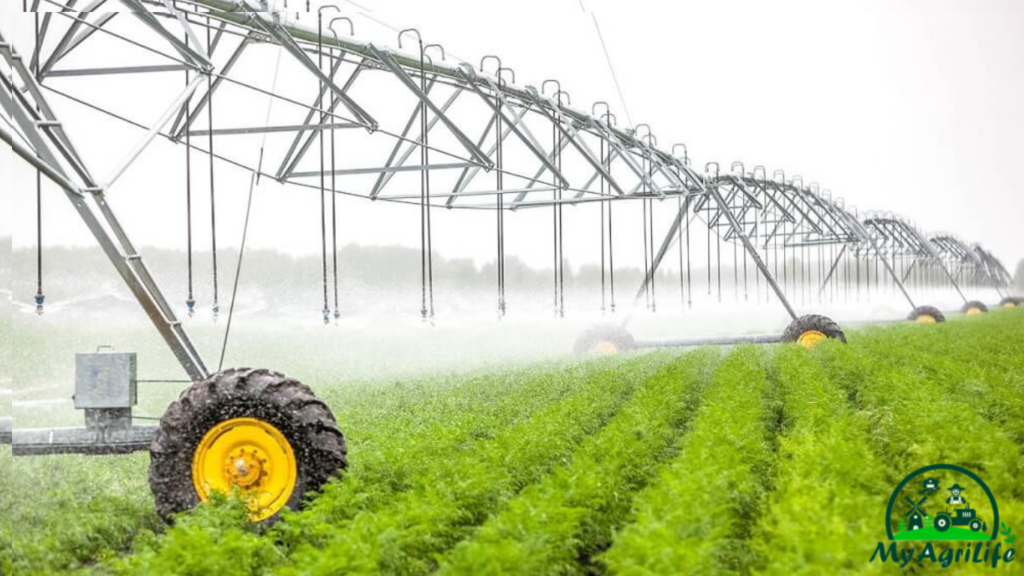
Center pivot irrigation is a method of irrigation that delivers water to crops through a system of sprinklers mounted on a central pivot. The pivot rotates around a central point, creating a circular pattern of water distribution. This method of irrigation is commonly used for large-scale farming operations, particularly in areas with low rainfall and high evaporation rates.
Center pivot irrigation systems typically consist of a central water supply, a long, steel pipe that rotates around a central pivot point, and a series of sprinklers mounted on the pipe. The pipe is supported by a series of towers or wheels, which move the pipe around the field in a circular pattern. The sprinklers are mounted on drop tubes and deliver water at a rate and direction determined by the angle and speed of the pivot.
Center pivot irrigation has several advantages over other irrigation methods. It is highly efficient, as water is applied directly to the crop and not lost to evaporation or runoff. Center pivot irrigation is also relatively easy to install and operate, particularly with modern computerized systems that can control water application rates and monitor soil moisture levels. Center pivot irrigation can also help to improve crop yields and quality by providing water and nutrients directly to the plants.
However, center pivot irrigation also has some disadvantages. It requires a significant initial investment, particularly for large-scale systems, and can be costly to maintain. Center pivot irrigation can also lead to soil compaction and erosion, particularly on sloping fields. In addition, center pivot irrigation is not well-suited for crops that require precise water application rates, as water distribution can vary across the field.
Overall, center pivot irrigation is a widely used method of irrigation that has both advantages and disadvantages. Its use is particularly well-suited for large-scale farming operations in areas with low rainfall and high evaporation rates, and for farmers who are looking for an efficient and relatively easy-to-operate irrigation system.
5.Subsurface Irrigation
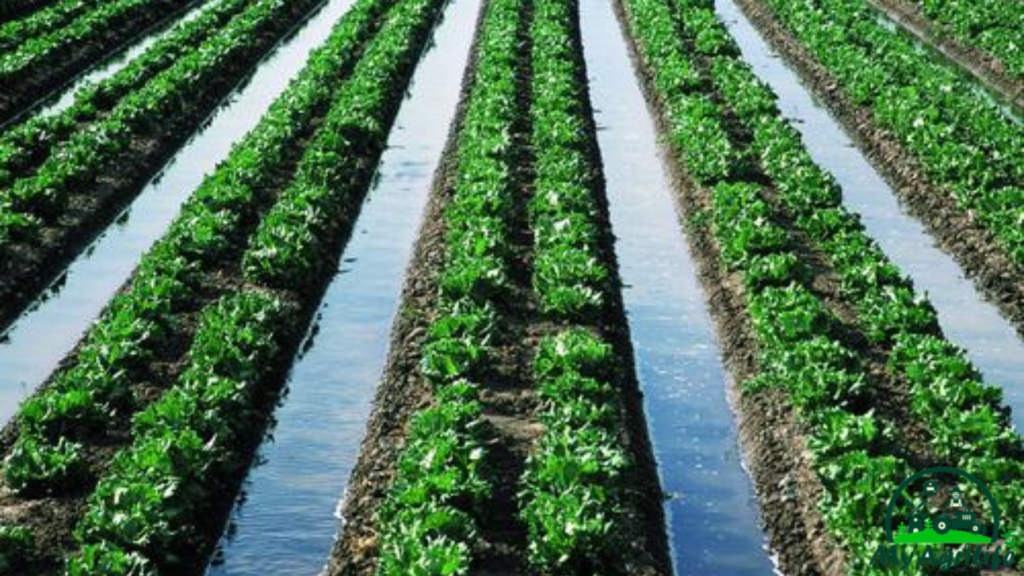
Subsurface irrigation is a method of irrigation that delivers water directly to the roots of plants through underground channels or tubing. This method of irrigation is designed to reduce water loss through evaporation and runoff, while also promoting better plant growth and reducing weed growth.
Subsurface irrigation systems typically consist of perforated or porous tubing that is installed underground, either in a horizontal or vertical configuration. The tubing is typically connected to a water source and controlled by valves or timers. Water is delivered to the roots of the plants through small openings in the tubing, allowing for precise water application rates.
Subsurface irrigation has several advantages over other irrigation methods. It is highly efficient, as water is delivered directly to the roots of the plants, reducing water loss through evaporation and runoff. Subsurface irrigation can also promote better plant growth, as water is delivered in a consistent and controlled manner. In addition, subsurface irrigation can reduce weed growth, as water is not delivered to the surface where weeds can take root.
However, subsurface irrigation also has some disadvantages. It can be expensive to install, particularly for large-scale systems, and can be difficult to maintain and repair. Subsurface irrigation may also require special equipment and expertise to install properly, particularly in areas with rocky or compacted soil.
Overall, subsurface irrigation is a highly efficient and precise method of irrigation that can be particularly well-suited for water conservation and improved plant growth. Its use is particularly beneficial in areas with high water scarcity, or for crops that require precise water application rates. However, subsurface irrigation may not be practical for all types of crops or farming operations, and its use should be carefully evaluated on a case-by-case basis.
Israel irrigation methods benefits
Israel is known for its advanced irrigation methods and technologies, which have had a significant impact on agriculture in the country and around the world. Here are some of the key impacts of Israel’s irrigation methods:
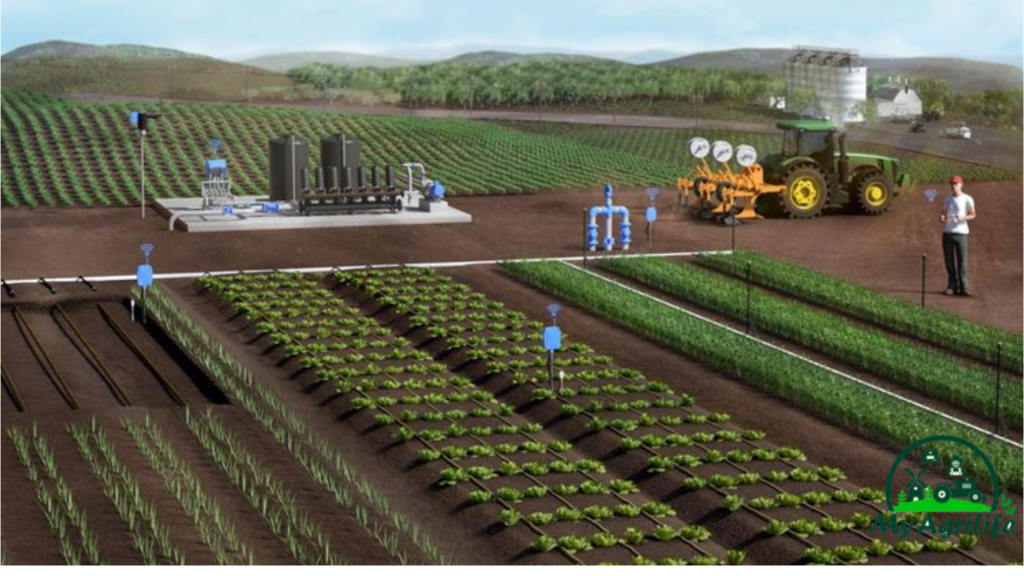
1.Increased crop yields: Israel’s drip irrigation technology has helped farmers to increase crop yields by providing plants with a consistent and precise supply of water and nutrients. This has helped to reduce water usage and improve plant growth, leading to higher yields and better quality crops.
2.Water conservation: Israel’s irrigation methods have also helped to conserve water resources by reducing water loss through evaporation and runoff. By delivering water directly to the roots of plants, drip irrigation systems can be up to 90% more water-efficient than traditional irrigation methods.
3.Improved soil quality: Israel’s irrigation methods can also improve soil quality by reducing soil erosion and compaction, and promoting better soil structure and fertility. This can lead to healthier plants and higher crop yields over time.
4.Sustainable agriculture: Israel’s focus on sustainable agriculture has helped to promote long-term environmental and economic sustainability. By using advanced irrigation methods, farmers can reduce the environmental impact of agriculture, while also improving profitability and reducing risk.
4.Global impact: Israel’s irrigation technologies have been exported to countries around the world, helping farmers in arid and semi-arid regions to improve crop yields and conserve water resources. Israel has also established partnerships with other countries to promote sustainable agriculture and share knowledge and technology.
Overall, Israel’s irrigation methods have had a significant impact on agriculture and water conservation, both in the country and around the world. By promoting sustainable agriculture and reducing water usage, Israel’s irrigation technologies are helping to address some of the key challenges facing agriculture in the 21st century.
Israel irrigation methods Challenges
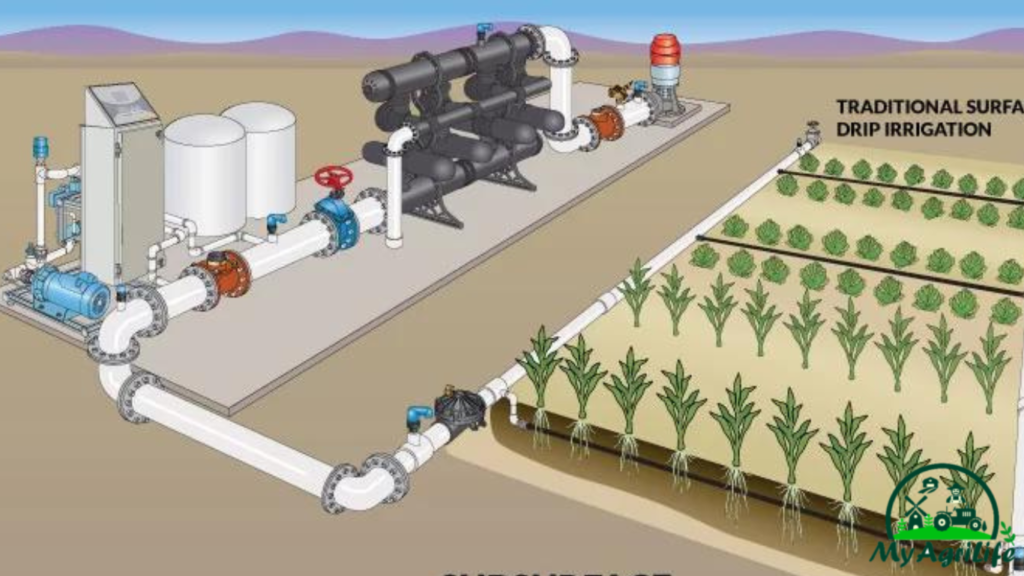
Despite the many advantages of Israel’s irrigation methods, there are also some challenges and problems associated with their use. Here are some of the key issues:
1.Cost: The cost of implementing and maintaining Israel’s advanced irrigation technologies can be high, particularly for small-scale farmers or those in developing countries. This can make it difficult for some farmers to access these technologies and benefit from their use.
2.Technical expertise: Using Israel’s irrigation methods requires technical expertise and knowledge, which can be a barrier for some farmers. Without proper training and support, farmers may not be able to use these technologies effectively, reducing their effectiveness and potentially wasting resources.
3.Soil salinization: Some of Israel’s irrigation methods, particularly drip irrigation, can lead to soil salinization over time. This occurs when the buildup of salts in the soil becomes toxic to plants, reducing crop yields and limiting agricultural productivity.
4.Energy use: Some of Israel’s irrigation technologies, such as center pivot irrigation and sprinkler irrigation, require significant energy inputs in the form of electricity or fuel. This can be costly and contribute to greenhouse gas emissions, particularly if the energy is generated from fossil fuels.
5.Limited applicability: Israel’s irrigation methods may not be suitable for all types of crops or agricultural environments. Some crops may require different irrigation methods or management practices, and some soils may not be suitable for drip irrigation or other methods.
Overall, while Israel’s irrigation methods offer many benefits, there are also challenges and limitations to their use. Addressing these challenges will require continued innovation, research, and investment, as well as broader efforts to promote sustainable agriculture and resource conservation.
Global outreach Israel irrigation methods
Israel has been actively sharing its irrigation methods with other countries around the world, particularly those with water scarcity and agricultural challenges. Here are some examples of Israel’s global outreach efforts:
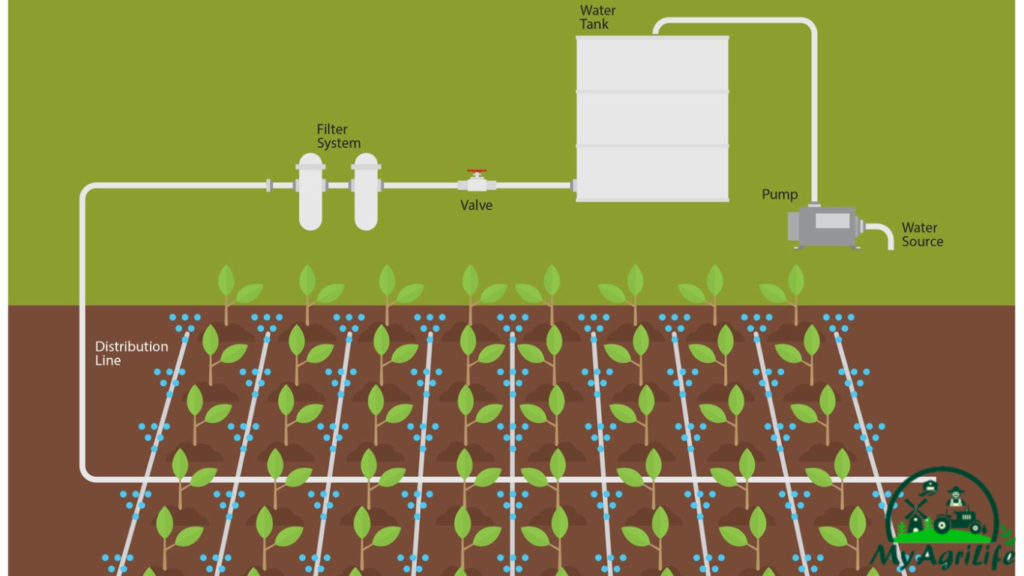
1.Partnerships and collaborations: Israel has established partnerships with governments, universities, and non-governmental organizations (NGOs) around the world to share knowledge, technology, and expertise in the field of agriculture and irrigation. For example, Israel has collaborated with the US Department of Agriculture to develop advanced irrigation technologies, and has partnered with African countries to promote sustainable agriculture practices.
2.Exporting irrigation technologies: Israeli companies have exported irrigation technologies and equipment to more than 100 countries around the world, including developing countries in Africa, Asia, and Latin America. These technologies include drip irrigation systems, micro-irrigation equipment, and other advanced irrigation technologies.
3.Sharing expertise and knowledge: Israel has also shared its expertise and knowledge in the field of irrigation through training programs, technical assistance, and capacity building initiatives. For example, Israel’s Agency for International Development Cooperation (MASHAV) has provided training programs for agricultural experts and farmers from around the world.
4.Innovation and research: Israel’s research institutions and companies continue to innovate and develop new irrigation technologies, and share their findings with the global community. This includes research on new crops and varieties that are better suited to arid and semi-arid climates, as well as new irrigation techniques and management practices.
Overall, Israel’s global outreach efforts have helped to promote sustainable agriculture and water management practices around the world, and have contributed to improved food security and agricultural productivity in many countries.
conclusion
In conclusion, Israel’s irrigation methods have had a significant impact on agriculture and water conservation, both in Israel and around the world. These technologies have enabled farmers to increase crop yields, conserve water resources, and promote sustainable agriculture practices. However, there are also challenges associated with the use of these technologies, including cost, technical expertise, soil salinization, energy use, and limited applicability.
Addressing these challenges will require continued innovation, research, and investment, as well as broader efforts to promote sustainable agriculture and resource conservation. Overall, Israel’s irrigation methods offer valuable lessons and insights for the future of agriculture, and their continued development and refinement will be critical for meeting the food and water needs of a growing global population.









